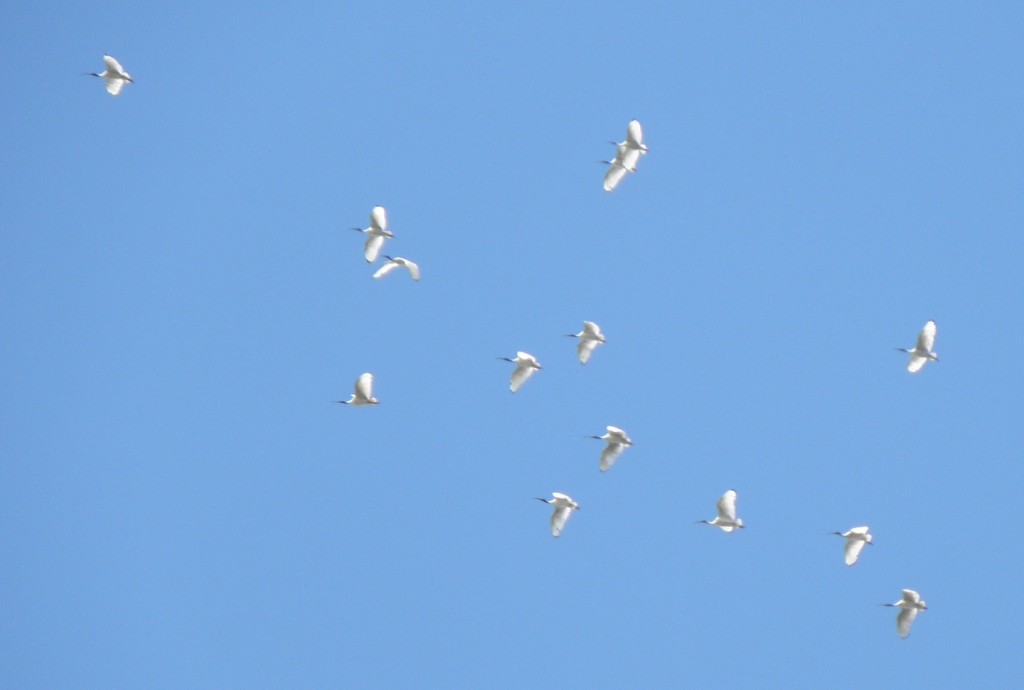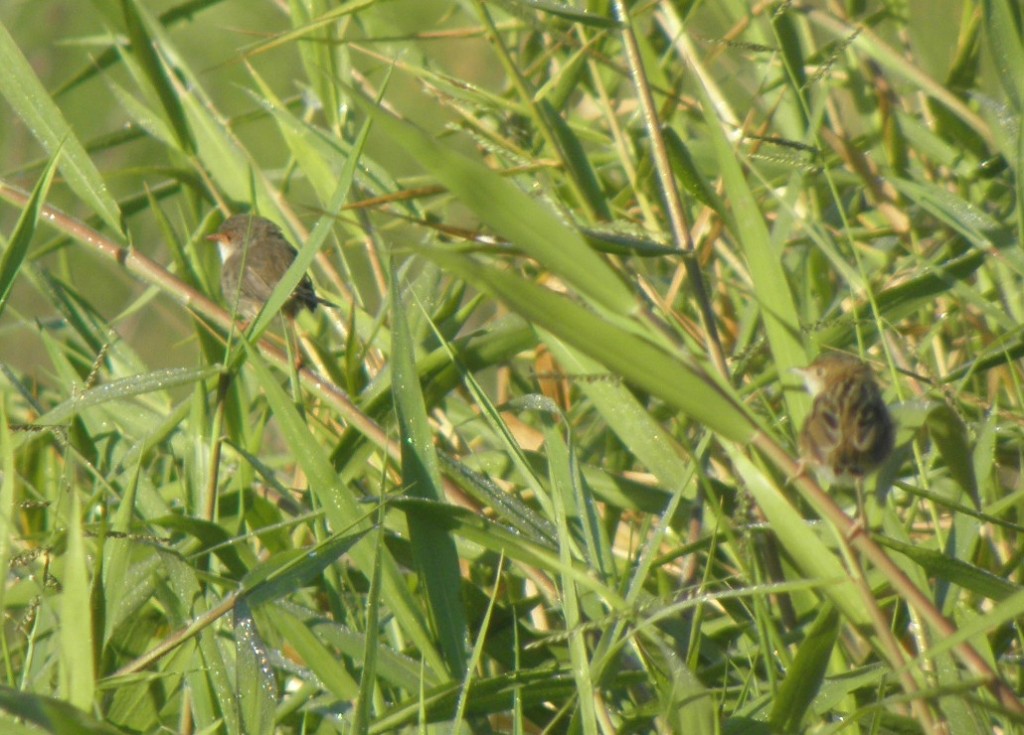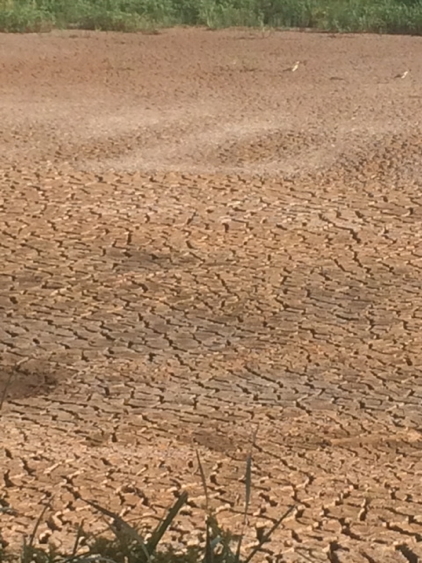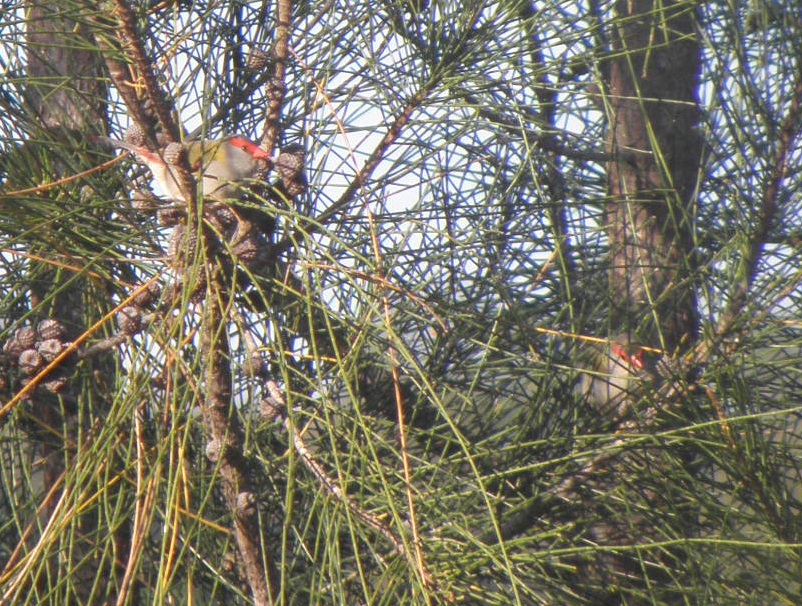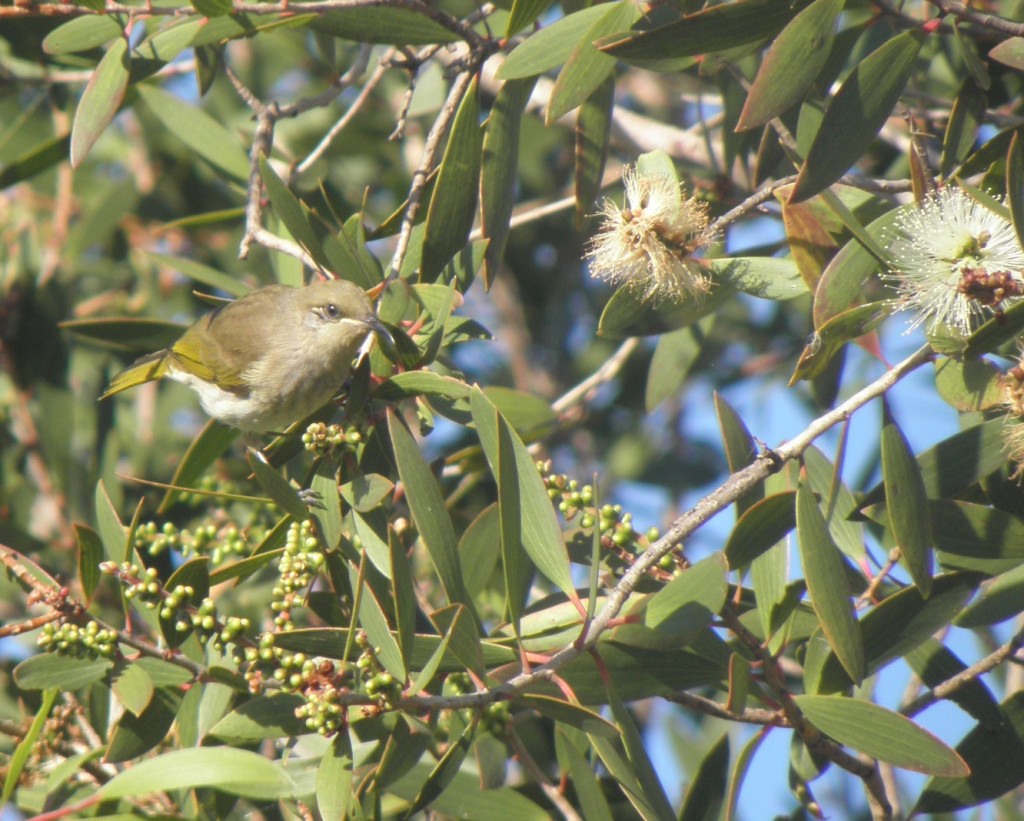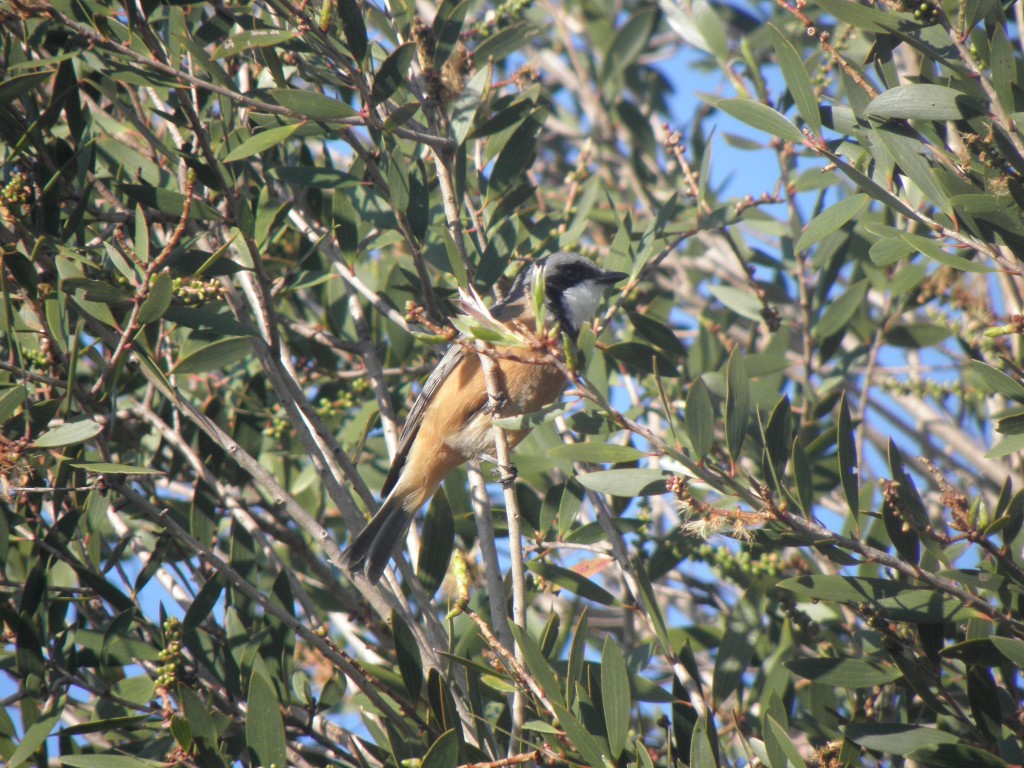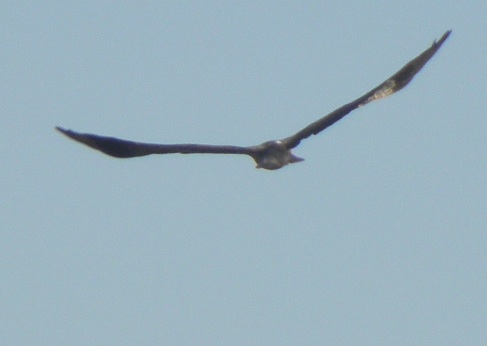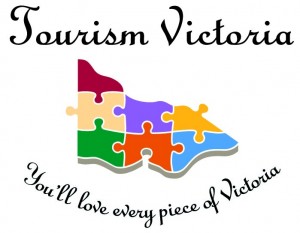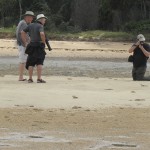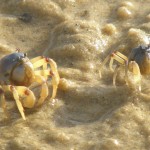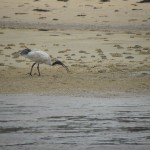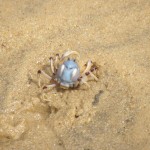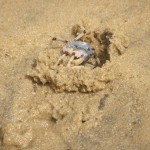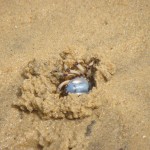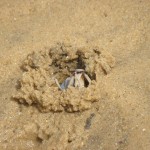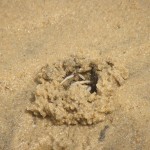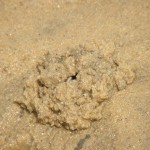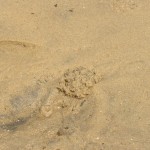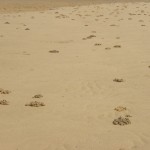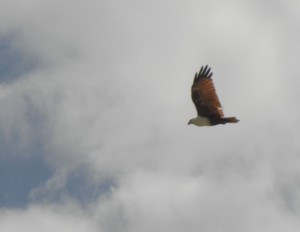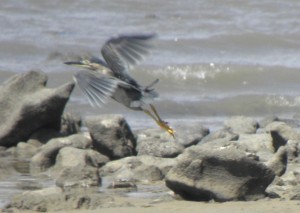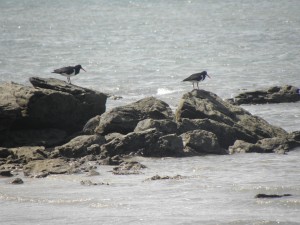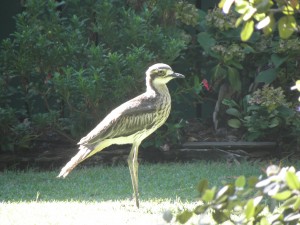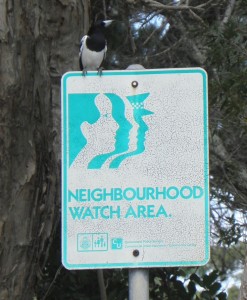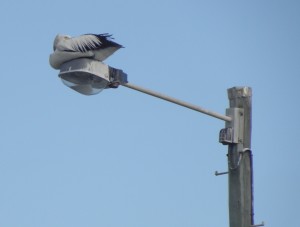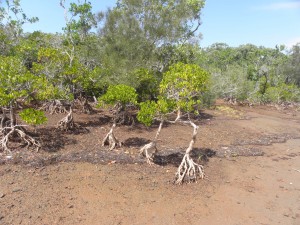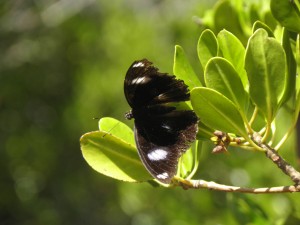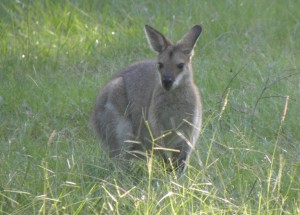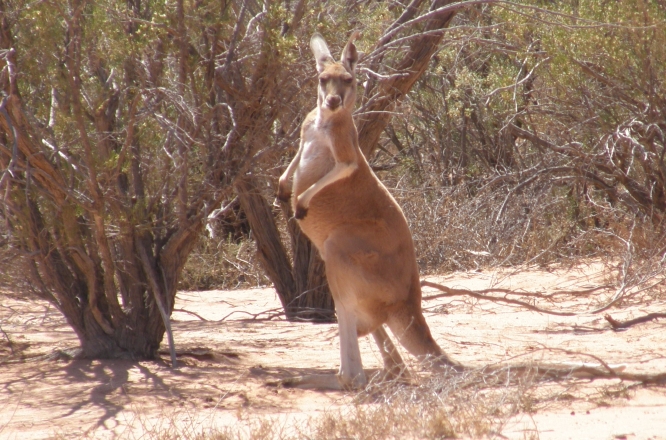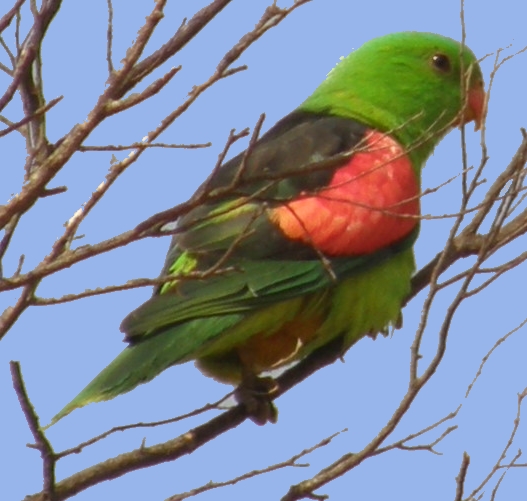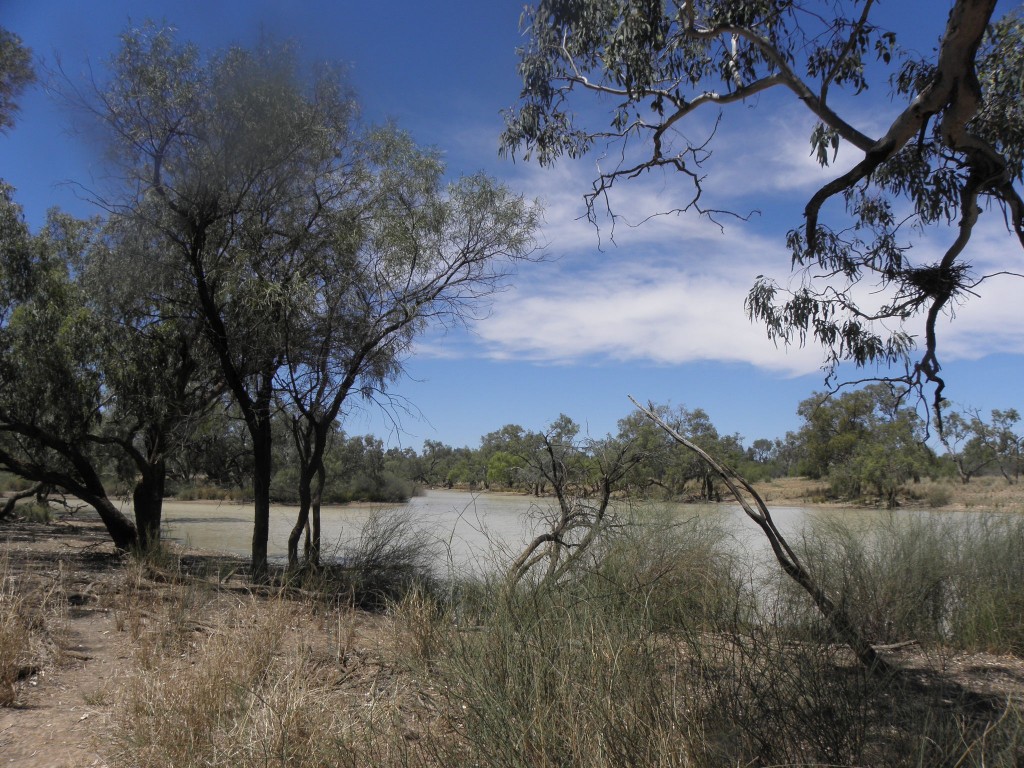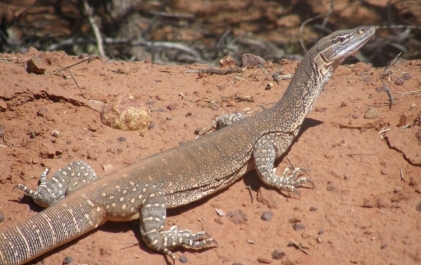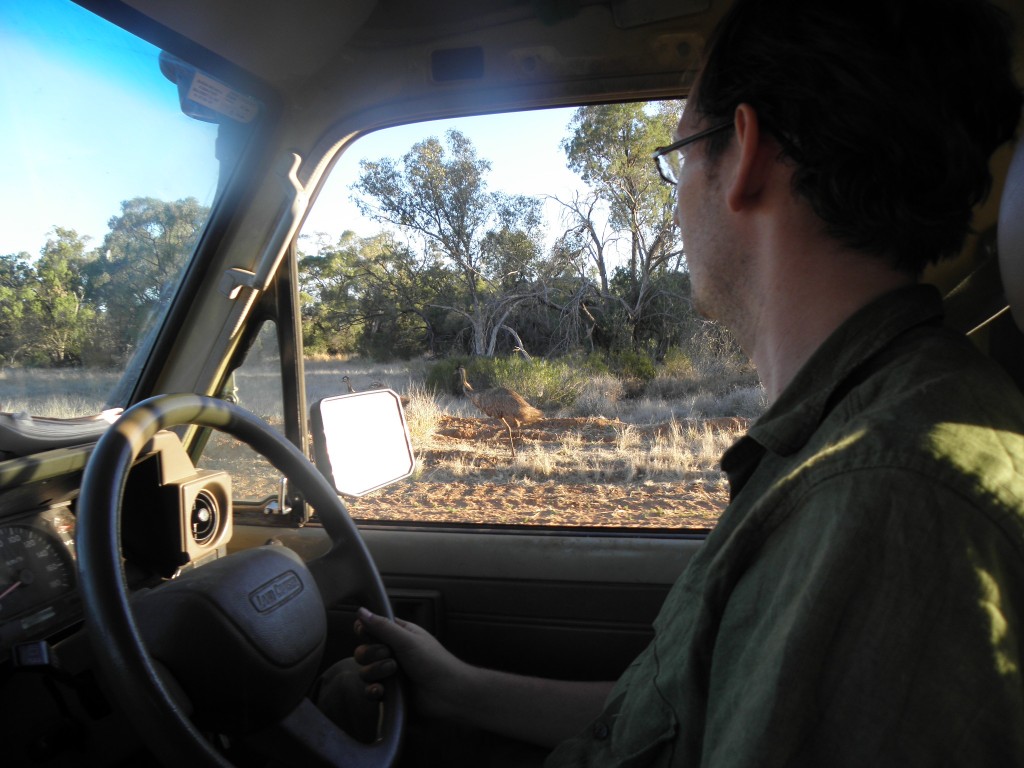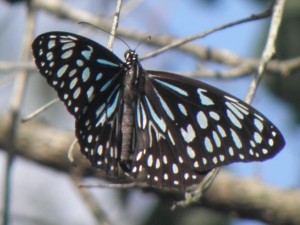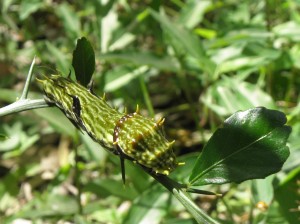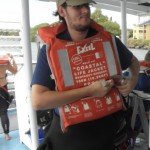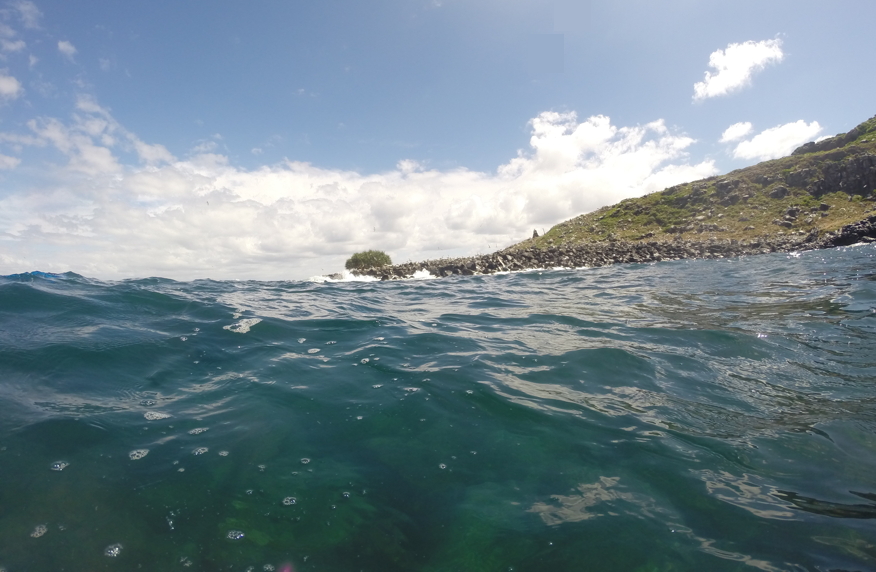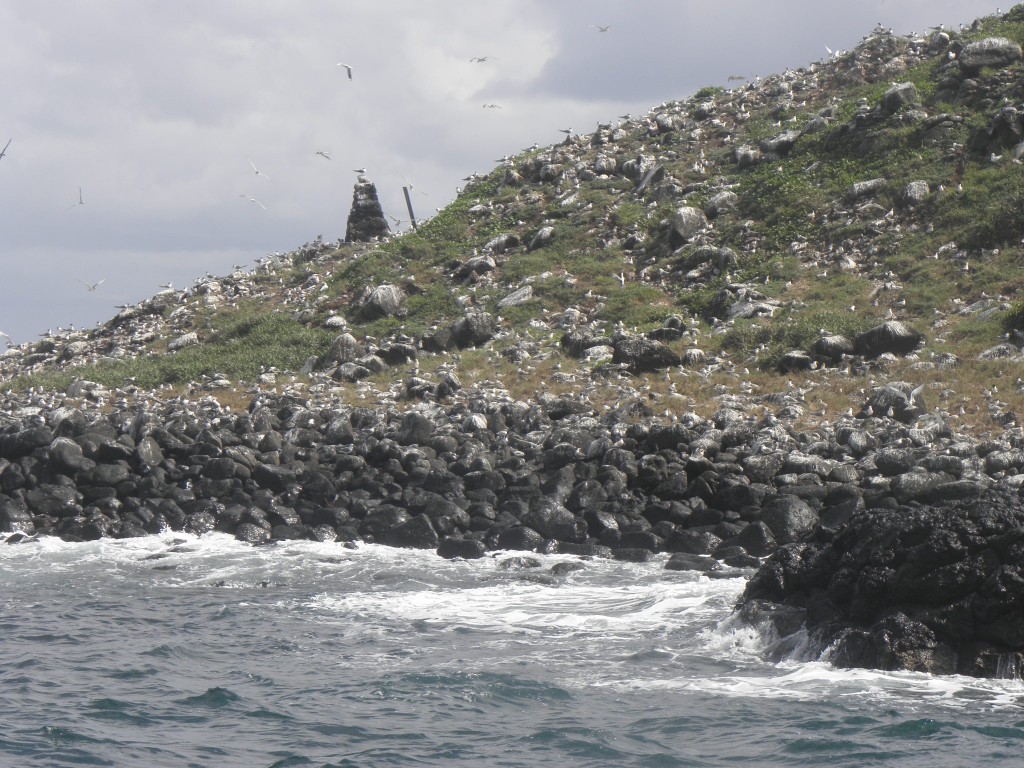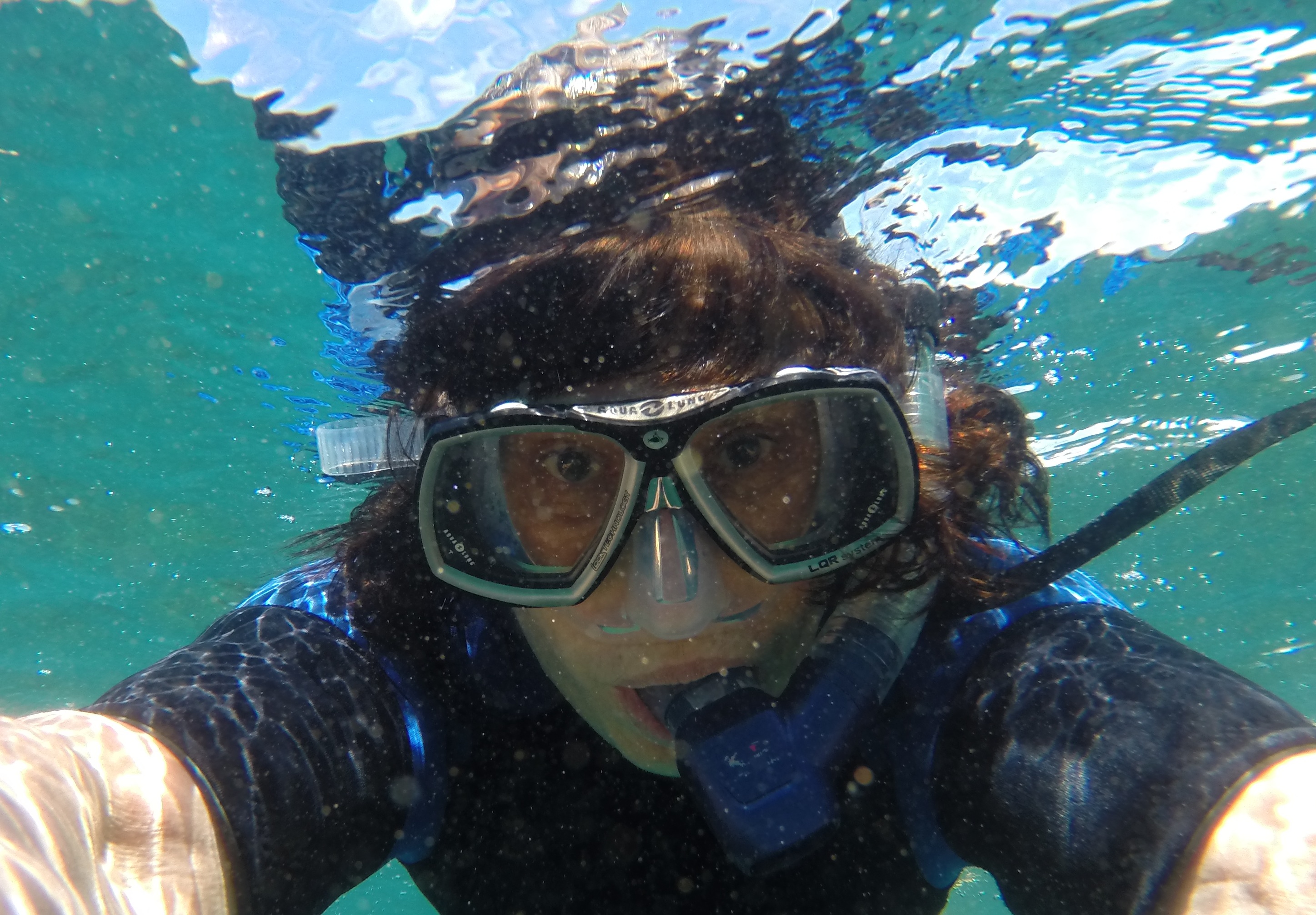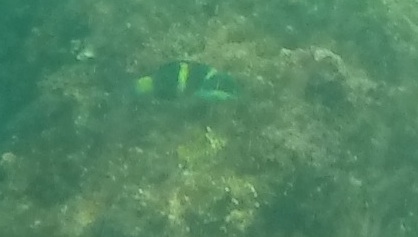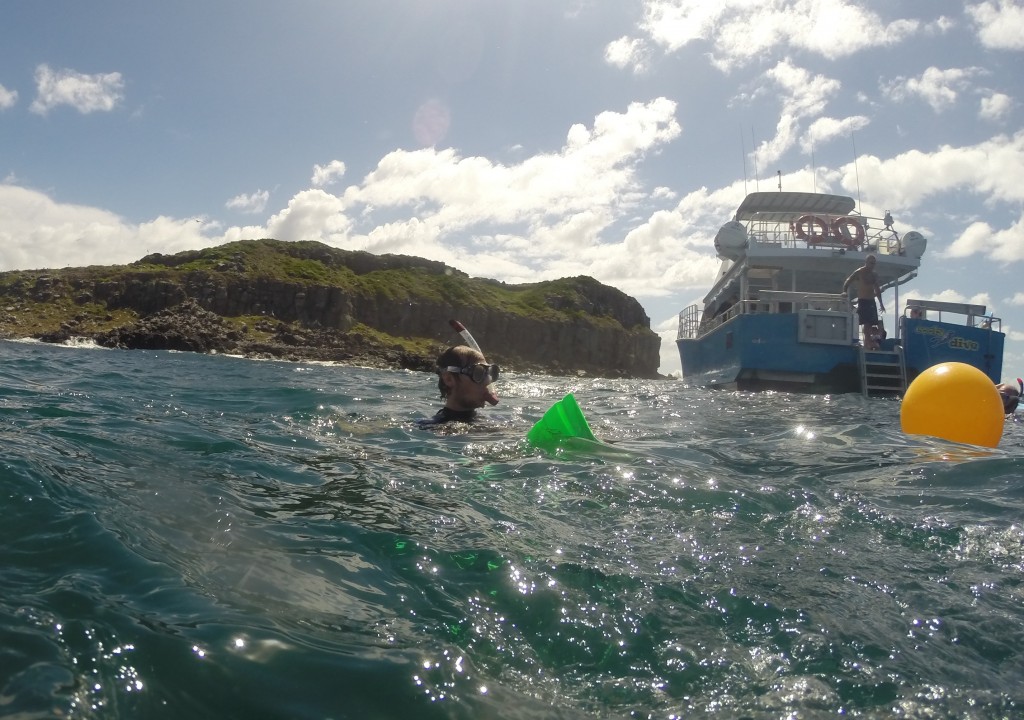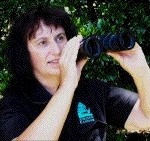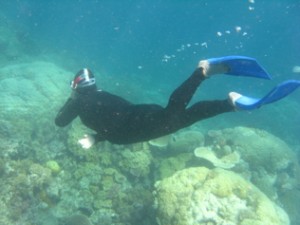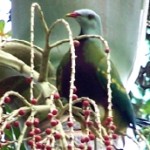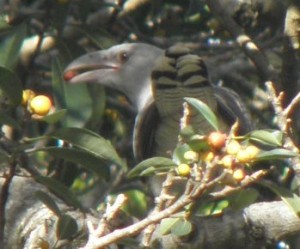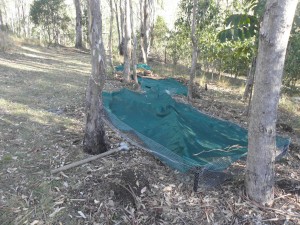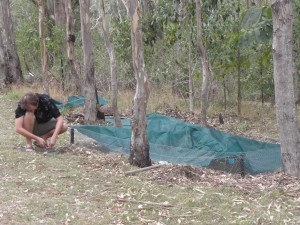Dugongs and more at Tangalooma, Moreton Island, near Brisbane
I had a delightful surprise at a business breakfast meeting run by the Queensland Tourism Industry Council (QTIC) a couple of months ago. I dropped my business card as usual into the bowl of cards while preparing to listen to a speech by our opposition tourism minister, and won the draw for an overnight trip for two to Tangalooma Resort, including return ferry journey, dolphin feeding, accommodation and buffet breakfast.
So two of us (Ronda and Denis) headed off in pre-dawn light to the wharf on Brisbane River, pleasantly surprised to find they had also allowed us free parking for two days.
So we were soon leaving Brisbane and heading for the one of the world’s largest sand islands

Leaving Brisbane

Even here we couldn’t escape the federal election campaign!

Approaching the resort
Near the resort is a grim reminder of the island’s whaling days – now the whales are appreciated more as magnificent, intelligent, playful animals than for their body parts. This harpoon was bent during such an animal’s struggles while its captors waited for it to slowly exhaust itself

Harpoon bent while a whate struggled to escape – thankfully this no longer happens along our coasts
Nearby a whistling kite fought his reflection in a resort window (they’re nesting nearby and don;t want rivals), and also rebuffed some crows that were protesting his presence

A whistling kite nesting in a tree nearby is taking a bit of time to learn that the bird it sees in the window is not a competitor

Nest of the whistling kite, in an Araucaria tree (Norfolk Island Pine)

The kite flying above the resort
A white-faced heron sat nearby

This heron tried to land on the same spot the next day, saw me sitting there, squawked and did a u-turn. After I moved on he came back to what he obviously considered his rightful place
A pied cormorant wandered down towards the bird feeding area

This pied cormorans knows bird feeding on the beach will start soon

The heron decided he’d better not miss out

as did this pelican
While waiting for our room to be prepared, we watched fish and seabirds being fed

Tangalooma staff member feeding fish at the resort

Puffer fish amongst the rocks and amenomes in the feeding pond

“I’m ready!”

“Me too!”

Pied cormorans, Australian pelicans and silver gulls being fed at Tangalooma
Now the bit I’d really been waiting for! After lunch we headed off on the eco-cruise to seek dugongs and other marine life.


And sure enough, within 20 minutes we had found a dugong

dugong surfacing for air: his tail is towards us, his face out of sight as he’s swimming away
They don’t leap out of the water like dolphins, just quietly feed on the sea-grass (they’re sometimes called ‘sea-cows’) and come every couple of minutes or so to the surface for a breath of air. Our guide told us they do some farming – pulling out the sea-grass species they don’t like so much, which facilitates the growth of their favoured species
I had previously patted an Amazonian manatee (one that had been confiscated as an illegal pet and being prepared for rehabilitation into the wild, near Manaus) and seen a captive dugong a tSeaWorld, but this was my first sighting of a wild dugong, so I was quite enthralled. He surfaced several times before we left I’m to seek other creatures

a green turtle swimming past- like the dugong the green turtle is herbivorous, unusual amongst marine mammals and reptiles
A cormorant dived for fish alongside our boat

The wrecks that were deliberately sunk as artificial reefs for fish and other marine life are popular with kayakers and divers

That evening we indulged in the activity Tangalooma is famous for – dolphin feeding

Tangalooma is careful with the feeding of dolphins. The sign gives regulations on how to feed the dolphins, and info on which dolphins have visited recently
The feeding of the dolphins is carefully regulated, based on research on effects offending practices her and elsewhere
Lines of visitors are speed out so that the dolphins also spread out, not crowding together, competing for food and knocking each other over. Thy are not fed enough fish to satisfy ten, so have to keep up their skills at catching wild fish each day. Visitors are requested to hold the fish under water so dolphins don’t strain their muscles trying to reach up for them. Frozen fish are thawed in fresh water to avoid them being too salty. Young dolphins are not fed while still feeding from their mothers. Visitors are advised not to pat or otherwise touch them while giving them the fish, to avoid any stress.




Young dolphin having a feed from Mum
The close contact with these wild creatures does have an emotional impact, and we hope that many of the people participating now have a more positive attitude towards them as a result
Next morning we enjoyed a hearty buffet breakfast (also included in our prize)

a Tangalooma breakfast
We spent the day relaxing, watching birds and finally watching another bird feeding session and dolphins feeding session before finally leaving. We would have loved to spend a few more days

“I really want this one!”
more soon ….
For information on how to have a holiday at Tangalooma, visit http://www.tangalooma.com/info/home/

